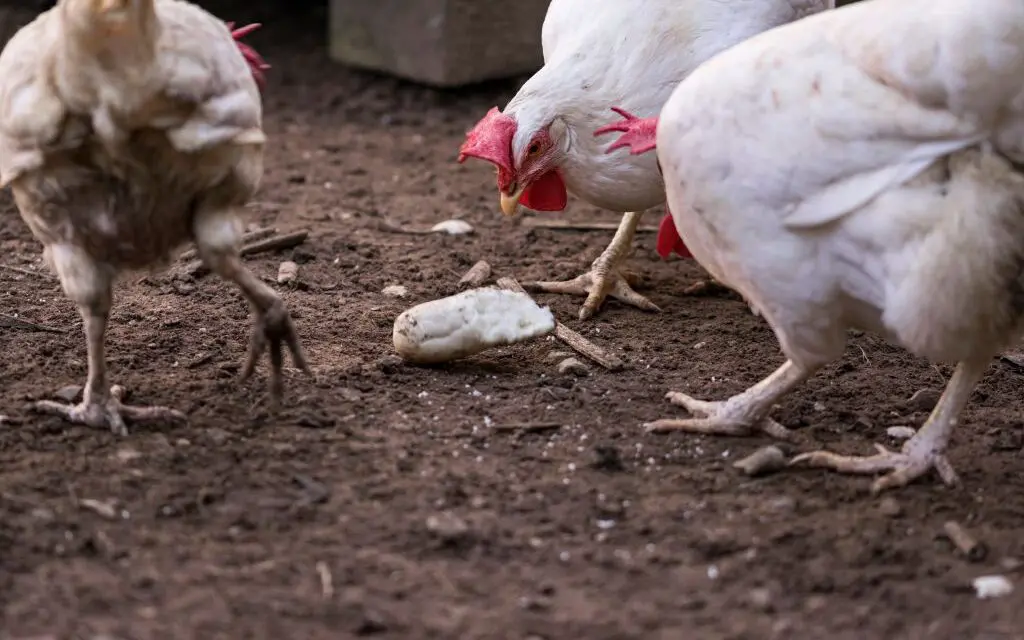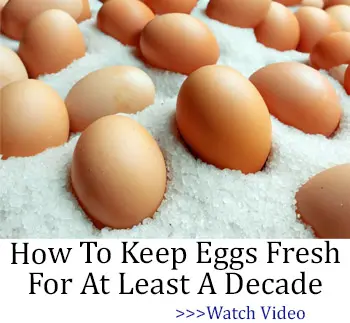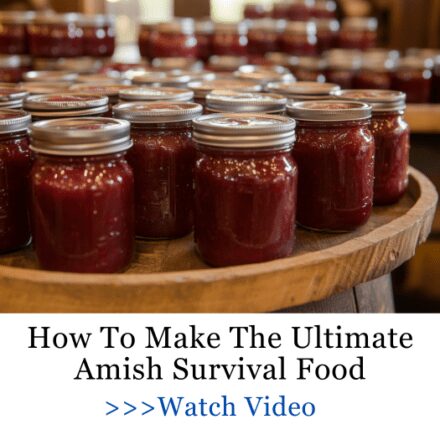This question comes up much more often than you might believe. Can chickens eat bread? The answer is much simpler than you might believe but there are some really important things you should take into account before deciding to let your chicken eat bread.
Chickens can nibble on bread safely—as an occasional treat rather than a dietary staple. Bread is high in carbohydrates but very low in the protein, vitamins, and minerals that chickens need for egg production, feather health, and overall well‑being. In small amounts, it provides a bit of extra energy and can help reduce feed waste by using up kitchen scraps. However, over‑reliance on bread can dilute essential nutrients, lead to digestive issues like crop impaction, and expose birds to mycotoxins from moldy slices. So, before we fully ask the answer to the question can chickens eat bread, we should focus on the following aspects.
Nutritional Profile of Bread
Bread is predominantly made of refined or whole‑grain wheat, delivering mostly starch (carbohydrates) and very little protein, fat, or fiber. A typical slice contains around 15 g of carbs but only 3–4 g of protein and minimal micronutrients compared to commercial poultry feeds. While carbohydrates offer quick energy, chickens require at least 16–18 % protein in their diet to maintain muscle and egg production—levels that bread alone cannot meet. So, can chickens eat bread? Yes but never as a main meal.
Potential Risks of Feeding Bread to Chickens
Crop Impaction and Digestive Slowdown
 Dry bread can expand in the chicken’s crop (a storage pouch) and cause impaction if eaten in large pieces or without adequate moisture. Impaction may lead to loss of appetite, discomfort, and even crop stasis, requiring veterinary intervention.
Dry bread can expand in the chicken’s crop (a storage pouch) and cause impaction if eaten in large pieces or without adequate moisture. Impaction may lead to loss of appetite, discomfort, and even crop stasis, requiring veterinary intervention.
Nutritional Dilution
When chickens fill up on bread, they consume less of their balanced commercial feed, risking deficiencies in calcium, vitamins, and amino acids essential for egg quality and overall health.
Obesity and Health Issues
Overfeeding fatty or enriched breads—especially those with butter, cheese, or sweet toppings—can contribute to obesity, fatty liver disease, and joint stress in chickens, impairing their mobility and laying performance.
Mycotoxin Exposure
Moldy bread harbors mycotoxins, which can cause serious conditions like mycosis or thrush in the chicken’s digestive tract. Always discard any bread showing signs of mold.
 Recommended Serving Sizes and Frequency
Recommended Serving Sizes and Frequency
As you can see, chickens can eat bread, but how much they eat does count a lot. So, you absolutely need to take into account the following about feed frequency and serving sizes:
-
Treat Limit: Bread should make up no more than 5–10 % of a chicken’s daily caloric intake.
-
Portion Control: For a flock of 4–5 adult hens, offer one to two small slices (torn into bite‑sized pieces) once a week.
-
Monitor Intake: Ensure chickens eat their balanced feed first; offer bread only after they’ve finished their core ration.
Types of Bread to Offer (And Which to Avoid)
-
Safer Choices: Plain whole‑wheat or sourdough bread provides slightly more fiber and nutrients than white bread.
-
Breads to Avoid: Do not feed breads containing garlic, onions, excessive sugar, salt, or rich toppings (butter, cheese, chocolate) as these can be toxic or unhealthy.
-
Stale vs. Fresh: Stale bread can be easier to crumble and less likely to expand excessively in the crop—but never moldy.
 How to Safely Feed Bread to Your Flock
How to Safely Feed Bread to Your Flock
-
Moisten First: Dampening bread with water or broth helps prevent impaction and makes it easier to digest.
-
Tear into Small Pieces: Hand‑tear or chop into pea‑size bits to reduce choking hazards.
-
Scatter in the Run: Spread pieces out so all chickens get a fair share and to encourage natural foraging behavior.
-
Monitor Behavior: Watch for signs of discomfort, reduced feed intake, or changes in droppings, and adjust portions accordingly.
Healthier Alternatives and Complementary Treats
-
Vegetable Scraps: Leafy greens, carrot tops, and squash peels offer vitamins and fiber.
-
Fruit Bits: Berries and melon rind provide hydration and antioxidants (feed in moderation due to sugar).
-
Scratch Grains: Oats, barley, or corn make excellent occasional treats and encourage scratching behavior.
-
Protein Boosters: Mealworms or sunflower seeds give extra protein, especially during molt or low‑egg periods.
Final Thoughts – Can Chickens Eat Bread?
Yes chickens can eat bread. It can be an economical, zero‑waste treat for backyard chickens—but it must be offered thoughtfully and sparingly. By understanding its nutritional limitations and potential hazards, you can safely use leftover bread to enrich your flock’s diet without compromising their health. Remember: a balanced, high‑quality feed remains the foundation of good poultry care, with treats like bread serving only as an occasional indulgence.
You may also like:
How To Deal With Fungal Infections Naturally (Video)
This Could Kill All Your Chickens!


 Recommended Serving Sizes and Frequency
Recommended Serving Sizes and Frequency












